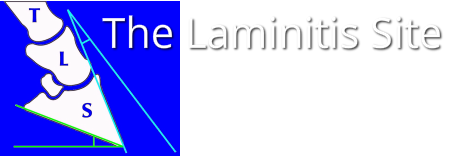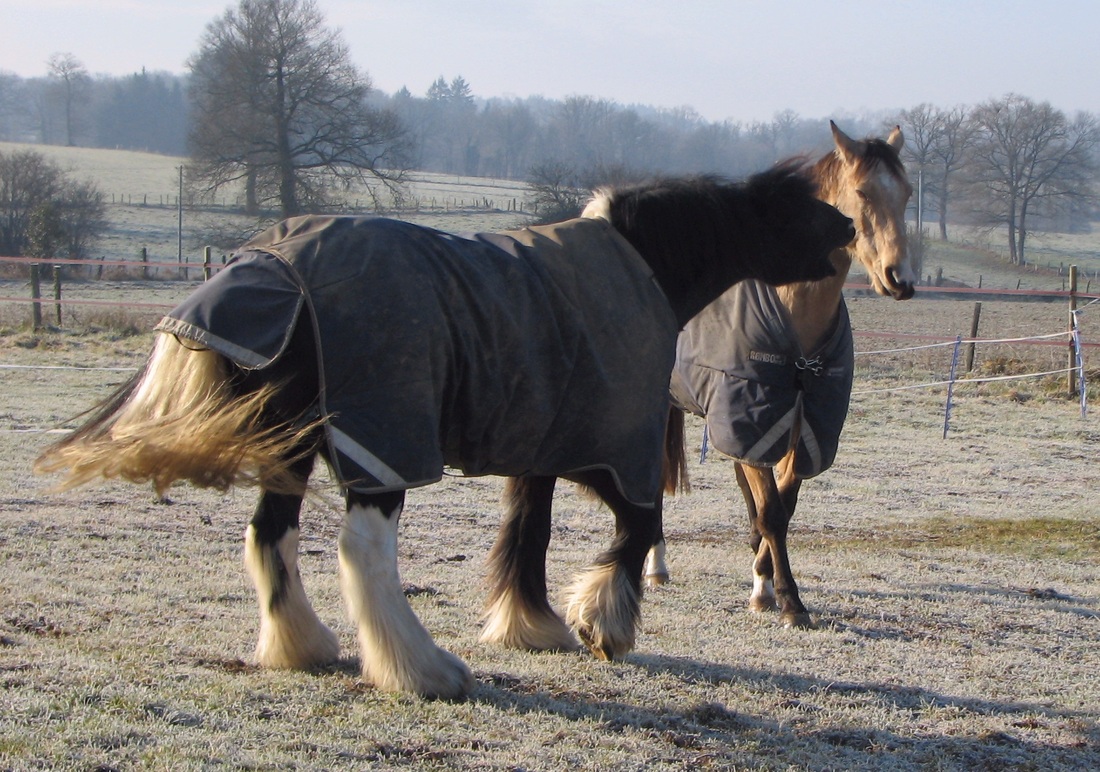| Here in France we are finally enjoying beautiful sunny days after months of grey, but with clear frosty nights the sugars will be accumulating in the grass. People often think that laminitic horses shouldn't graze frosty grass until the sun has melted the frost, but that's not exactly correct - they shouldn't graze the grass until we've had a night time temperature above 6'C, or a return to overcast weather. During sunny weather grass makes and stores sugars (photosynthesis), at night when grass is able to grow these sugars are used up (respiration), but when environmental conditions such as low temperatures (below around 6'C), lack of rainfall or poor fertility prevent growth, sugar (WSC) levels can continue to accumulate in the grass, making it very unsuitable for insulin resistant horses and ponies and increasing the risk of laminitis. Be safe - prevent or limit access to grass during sunny frosty weather and feed analysed hay with sugar and starch levels below 10% instead. | For more information about sugars in grass see www.safergrass.org Factors affecting NSC levels in grass |


 RSS Feed
RSS Feed